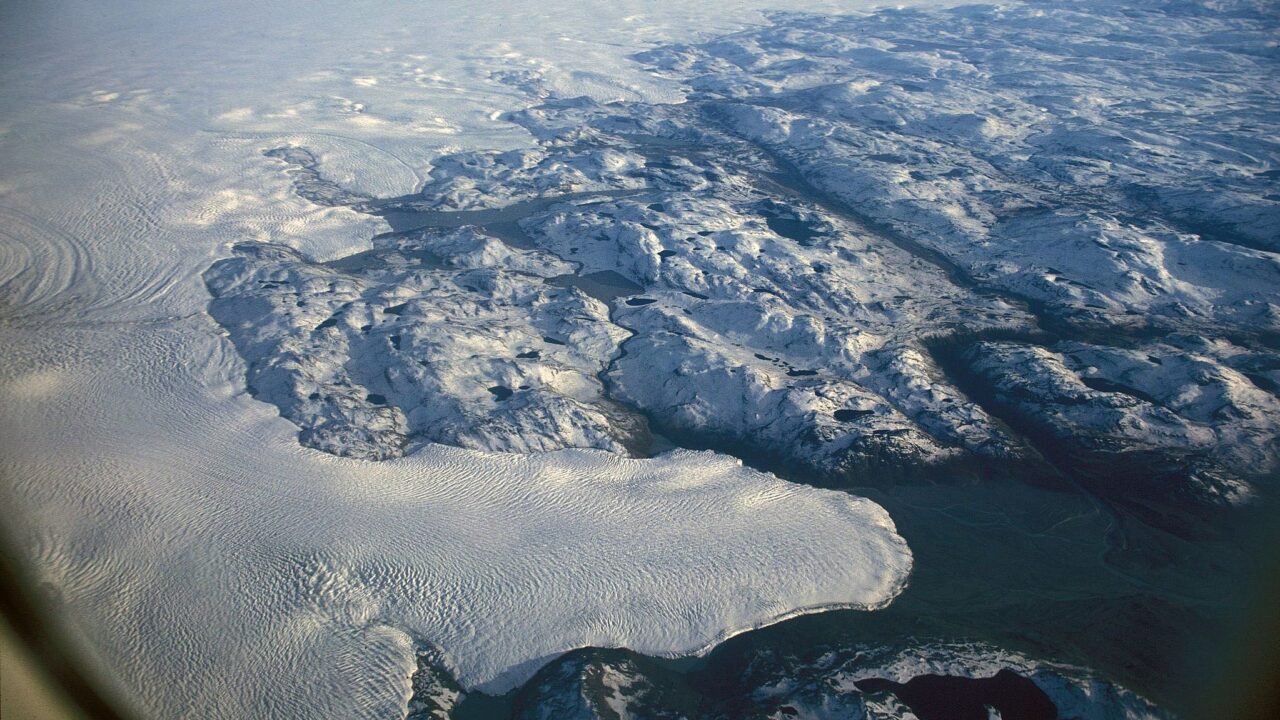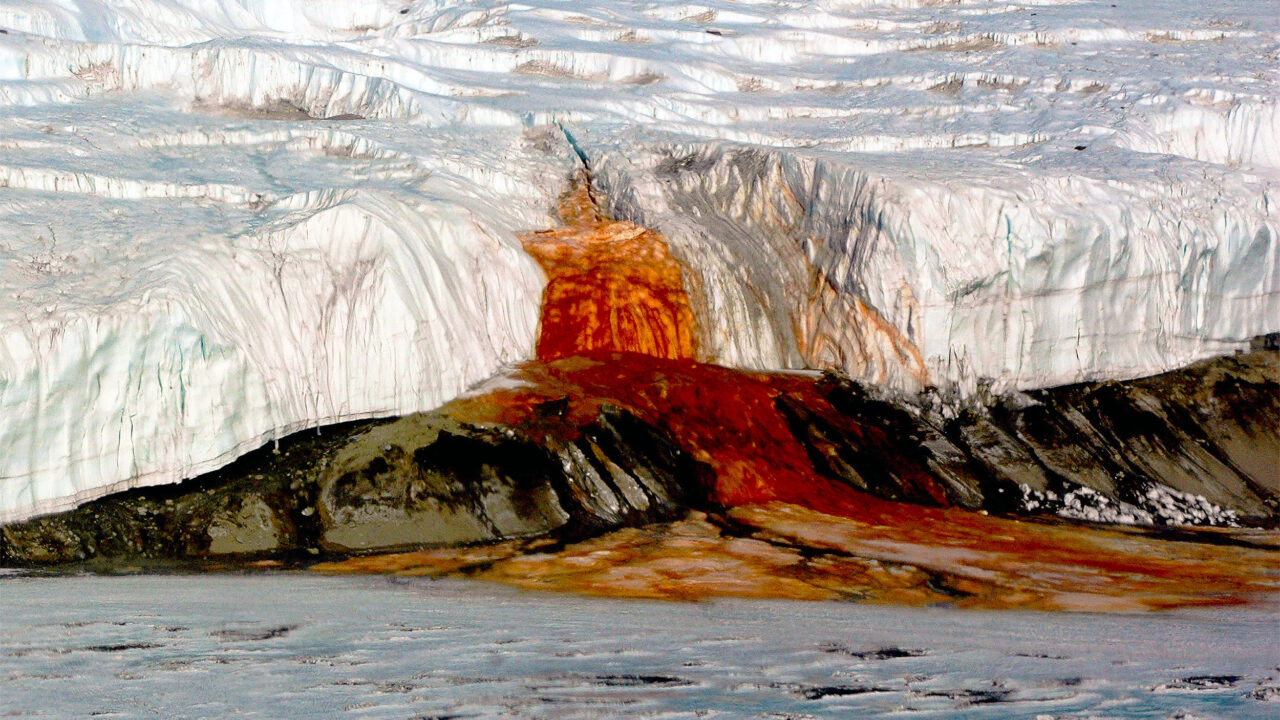What Is Antelope Canyon?
Antelope Canyon is a renowned slot canyon located on Navajo Nation land near Page, Arizona. It comprises two main sections: Upper Antelope Canyon (also known as “The Crack”) and Lower Antelope Canyon (referred to as “Hasdestwazi” by the Navajo, meaning “spiral rock arches”). These formations are celebrated for their narrow passageways, smooth sandstone walls, and the mesmerizing play of light and shadow.
Geology and Formation
Antelope Canyon was formed over millions of years through the erosive forces of water and wind on Navajo Sandstone. Flash floods, particularly during monsoon seasons, have carved out the canyon’s distinctive narrow corridors and undulating walls. The interplay of light filtering through the canyon’s openings creates vivid colors and patterns, making it a favorite subject for photographers.
Visiting Antelope Canyon
Access and Tours
Antelope Canyon is situated on Navajo land, and access is permitted only through guided tours led by authorized Navajo guides. Visitors cannot enter the canyon independently. It’s essential to book tours in advance, especially during peak seasons, as spots fill up quickly.
Upper vs. Lower Antelope Canyon
- Upper Antelope Canyon: Known for its wider passages and the iconic light beams that shine down into the canyon, especially around midday. It’s more accessible and suitable for visitors with mobility concerns.
- Lower Antelope Canyon: Features narrower passages and requires climbing ladders, offering a more adventurous experience. It’s less crowded than the upper section but demands a bit more physical effort.

Photography Tips
Antelope Canyon is a photographer’s paradise. To capture the best images:
- Visit during midday hours when the sun is directly overhead to witness the light beams.
- Use a tripod and a camera with manual settings to adjust exposure.
- Be prepared for varying light conditions; the canyon’s lighting changes rapidly.
Safety and Regulations
Due to the canyon’s narrow passages and the risk of flash floods, safety is paramount. Visitors should adhere to all guidelines provided by tour operators and Navajo Parks and Recreation. It’s advisable to check weather conditions before visiting, as flash floods can occur even with minimal rainfall.
Nearby Attractions
While in the Page area, consider exploring other natural wonders:
- Horseshoe Bend: A dramatic meander in the Colorado River, offering breathtaking views and photo opportunities.
- Lake Powell: A vast reservoir with opportunities for boating, fishing, and hiking.
- Glen Canyon Dam: An engineering marvel that controls water flow into the Colorado River.
Conclusion
Antelope Canyon stands as a testament to nature’s artistry, offering visitors a unique glimpse into the power of water and time. Whether you’re an avid photographer, a nature enthusiast, or someone seeking awe-inspiring landscapes, Antelope Canyon promises an unforgettable experience.
ALSO SEE : Aokigahara: Sea of Trees at Mount Fuji, Japan





